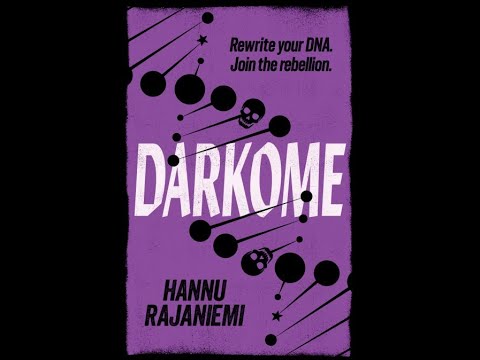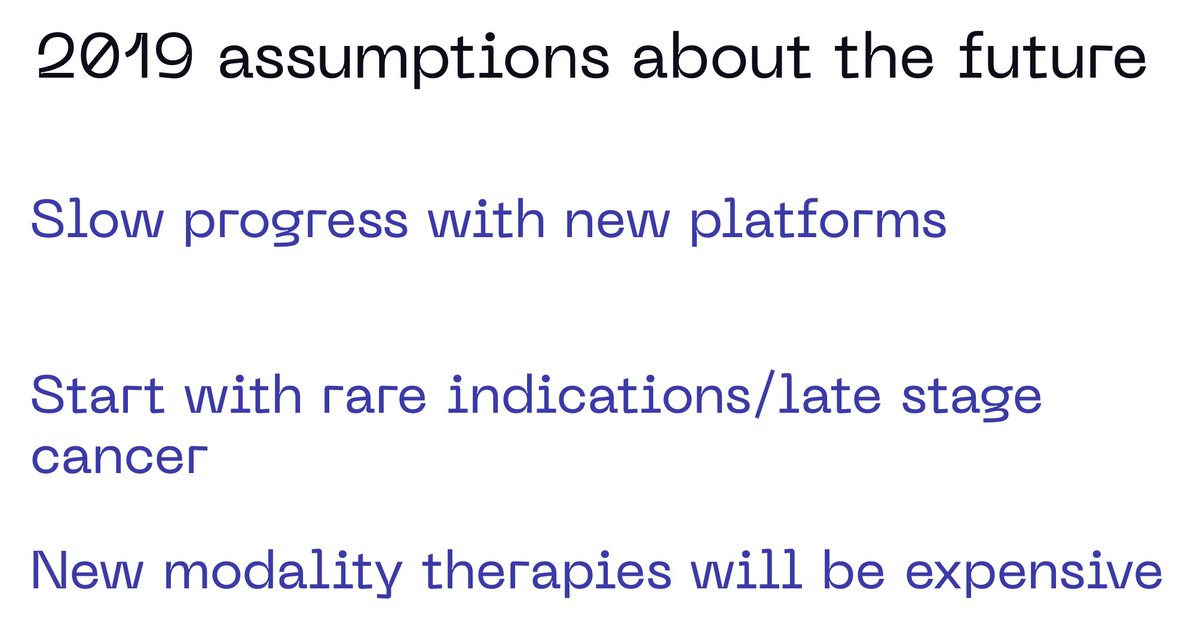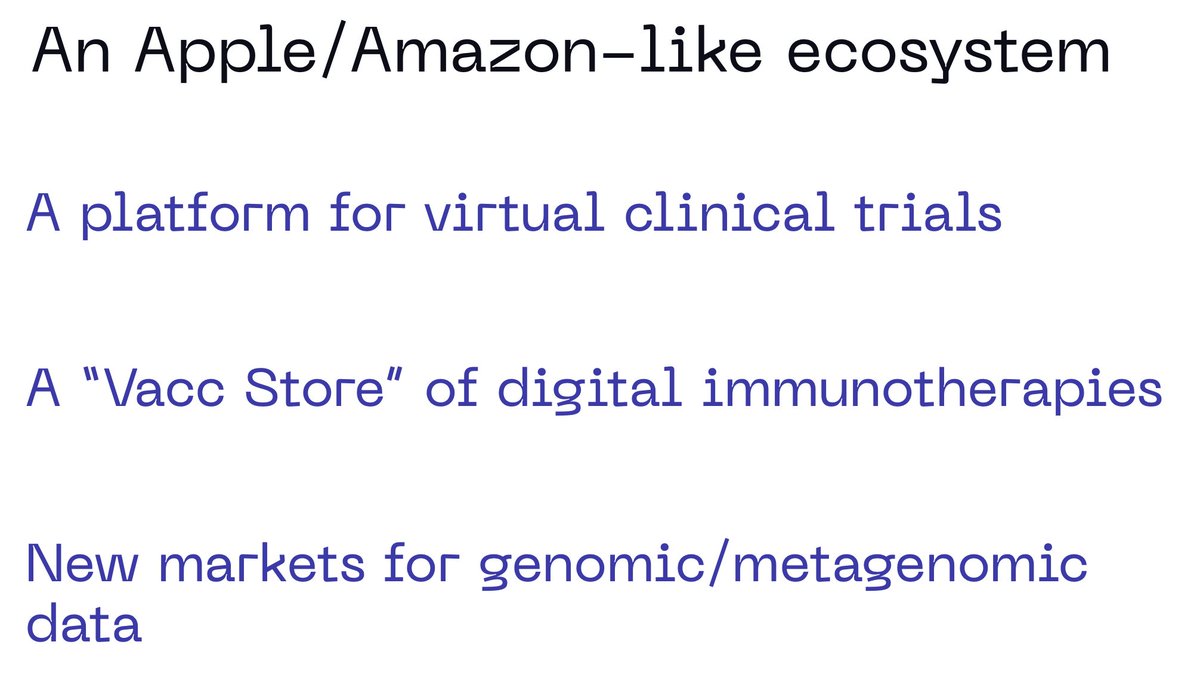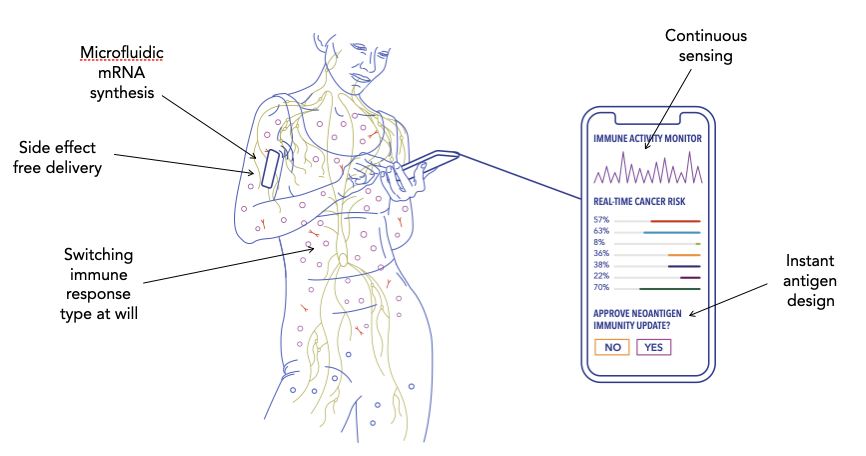My new novel, DARKOME, a near-future biotech thriller, will be published in the UK on September 5th 2024. Pre-order it here: For a taste, here’s the prologue, read by me: A thread on how the book came to be!👇🏻 gollancz.co.uk/titles/hannu-r…


In the same way that THE QUANTUM THIEF came out of my 2000s obsessions (game theory, transhumanism, exotic physics), DARKOME deals with the questions I’ve been the most curious about in the 2010s-2020s. What happens when tools for manipulating biology become broadly accessible?
Who gets to define the boundary between self and non-self? Can we really control biology in the first place? What would it *feel* like to be able to do that?
I started thinking about biology seriously back in 2012. I had just been forced to leave a startup I'd been building with @fommil for solving industrial math problems (a story for another time!), so I was feeling low. And my mom had been diagnosed with metastatic breast cancer.
She lost the fight, but didn't go quietly. She turned a patient community's stories into a book to support cancer research. She finally visited Tuscany. Near the end, she wrote she only had small dreams left: caring for her garden, walks in the woods, and that was enough.
Watching her passing was frustrating. She had the best care available through the Finnish healthcare system. But it amounted to drugs that didn't work, and a port to drain her lungs when they filled with fluid. My father cared for her with infinite patience, but it wasn't enough.
I started reading about cancer and molecular biology, just to understand if things could have gone differently. I tried to find ways to apply what I knew, unsuccessfully looking for mathematical problems in cancer.
The reality was that biology was not physics. A universe of molecular machines seemingly designed by aliens, noisy measurements at best, no universal laws. Through the brute force of evolution, cancer cells could hack all this irreducible complexity far better than we ever could.
And yet ... clearly, humans were getting better at it, too. There were (and are!) Moore's Law like forces driving down the costs of both reading and writing DNA. Nine orders of magnitude drop in the price of sequencing the human genome had to be a sign of something interesting.
Then I got invited to visit @autodesk and heard a talk on DNA origami. Here's a review of this crazy field: The idea is to use DNA not as genetic code, but a *construction material*, to build custom shapes, logic gates, and yes, actual nanobots. arxiv.org/pdf/2104.15016


Even now, over a decade later, these incredible creations remain technology demos and have not translated to the clinic. But reading about them in 2012 made me realize that things might get *really weird*, Singularity weird, much sooner than I had expected.
I was primed to respond to a field with that flavor. I wanted to help patients like my mom. I wanted to do another deep tech startup that actually worked. And what else was there to work on besides fields that had the potential to redefine being human?
Incidentally, at the time, deep learning had that feeling too, and I devoured @michael_nielsen's still excellent lecture notes (). But I figured it was already too late to do something big with it. 😅 (Narrator: It was not too late.)neuralnetworksanddeeplearning.com
Besides, the more I looked, the more I could see weak signals from interesting biofutures. Cancer patients were hacking together DIY cancer neoantigen vaccines. parents started drug companies to treat their kids' rare diseases. Garage biology was becoming a thing.
https://twitter.com/1715683626/status/1786786068110426430
I visited a biohacker space in Silicon Valley and extracted DNA from a strawberry. I got to know @davidsunkong and attended @globalbiosummit events where young people from around the world were trying to solve their communities' problems with DIY biology.
I met @ATinyGreenCell, a self-taught plant biologist built a university grade lab in his NYC apartment kitchen and used Facebook as his lab notebook. I hung out with @4LOVofScience who CRISPR'd themselves on stage and has a company selling DIY CRISPR kits.
https://twitter.com/83863406/status/1790442248577921271
In parallel, I also experienced the institutional, startup/drug company path into biology. @CarinaNamih, Nikolai Eroshenko and I started @HelixNano together around a general thesis that nucleic acids (DNA/mRNA) would be the most flexible interface to the cell.
We ended up being incubated at Johnson & Johnson's Belgian campus, so I also had the chance to talk to pharma scientists through all the stages of the drug development process.
I kept thinking about the tension between the wild biohacker experiments and the methodical company science. The cutting edge remained institutional, but would that always be the case? Building a startup made it clear that even a small team could now do extraordinary things.
And there was something powerful and hopeful about stories of patients taking their fates in their own hands - like Sonia Vallabh and @cureffi who completely transformed their lives to develop a cure to Sonia's inherited fatal neurodegenerative disease ().prionalliance.org
While I was taking all this in, another obsession worked its way out first: Victorian physics and the afterlife, combined with spies (). That resulted in Summerland. But I already knew that my next novel was going to be about biology.


It took a while to find my way in. I wrote one draft of a novel featuring near-future biohackers, and then another, and wasn't happy with either of them. I kept finding new threads, an accretion process that was massively accelerated by moving to the Bay Area.
Decentralized science. The ups and downs of running a startup. Eccentric billionnaires. Tech-amplified inequality. Engineered pathogens. DNA data storage. Silk Road. Darknets like El Paquete Semanal ().en.wikipedia.org/wiki/El_Paquet…
But the most important piece was actually experiencing what it was like to work with mRNA, to be able to almost instantly take any protein sequence and have cells make it, in a petri dish or in an animal; to work with biology as an informational medium.
It was still messy, of course, but my co-founder Nikolai showed me how to apply Platt's idea of strong inference (): traversing a hypothesis tree with experiments in such a way that any outcome gives you information. www2.clarku.edu/faculty/pbergm…




This works especially well with mRNA: the rapid experiments it enables let you maintain complex mental models in your head that might decay in the much longer cycles of small molecule and protein, Lickliderian real-time loops of intelligence augmentation.
https://twitter.com/680373/status/1774696594652475485
But somehow, all these pieces failed to fit into a coherent novel shape. Writing, too, needs a strong inference process and progressive mental model building. Running a startup made it harder to devote extended periods to creative work.
And then COVID happened.
At @HelixNano, we didn't originally plan to go after the pandemic. We had been building next-gen mRNA technologies and had a somewhat promising oncology drug lead. But in early March 2020, I gave a talk at a big pharma company's leadership event.
They were one of the early COVID vaccine developers. Talking to them got me and Nikolai to look into the vaccine landscape. The uniformity of approaches worried us: if the virus evolved, they would *all* lose efficacy. Sequencing data showed signs of accumulating mutations.
In 24 hours, we decided to get in front of this and develope a more variant-resistant COVID mRNA vaccine candidate. Our investors, including @sama, @hellotvc, @FiftyYears and @davidhelgason, jumped in to support this. Then we just needed to figure out how to do it.
That, too, is a story for another time. We built fast mRNA manufacturing for iterative experiments, testing dozens of ways to amplify immune responses, to go after many variants without increasing the dose. We invented new mRNA chemistry to reduce side effects from high doses.
We also laid out our vision for faster vaccine development in an essay - just weeks before Operation Warp Speed was announced. , and mapped out potential vaccine risks in a Nature Biotech article. ()medium.com/@hannu_64912/s…
nature.com/articles/s4158…
nature.com/articles/s4158…
The shared purpose brought the team together in a way that has been the core of @HelixNano's culture ever since. For me, it was the most intense period of my life so far, and I got close to my mental and physical limits.
I channeled some of the anxiety and urgency into one short story,"Vaccine Season", in spring 2020 (beautifully performed by @levarburton), but other than that, writing fiction was on hold. podcasts.apple.com/us/podcast/vac…
Thankfully, Operation Warp Speed developed first-generation vaccines in record time. Then, Omicron's emergence proved us right about the threat of variants - but government funders, philanthropists and investors had little appetite to support taking our COVID candidate forward.
Undeterred, we focused on the most vulnerable population - immunosuppressed individuals - and in animal models, found that our tech had the potential to help them. That work is now being tested in the clinic.
https://twitter.com/680373/status/1781015495883526383
COVID left no part of society untouched. When I finally caught my breath, I realized the future I had been writing in the pre-pandemic DARKOME drafts no longer existed.
I started distilling my thoughts about what had changed, and what was now possible in our rewritten future. Some of that went into a talk I gave in March 2021. It also fed into @HelixNano's mission statement to augment the immune system.








I've written about that mission at much greater length elsewhere - it's not the worst primer for some of the core ideas behind DARKOME.
https://twitter.com/680373/status/1774696537626640527
My life was rewritten, too. Our firstborn son, Kasper, arrived in October 2021 - forcing a healthy focus outside work and creating a whole new future of his own. Learning to be a father also made me understand some of themes of family in early DARKOME drafts.
But against a backdrop of intense work and pandemic noise, writing continued to be hard. And there were negative, guilt-ridden voices in my head, questioning anything that wasn't impacting human lives directly. I wasn't even sure I could really write fiction anymore.
In order to be more present with Kasper, I started a deeper meditation practice. It was one of the most transformative things I've ever done. It did teach me to be a better dad -- but it also helped me to get out of my own way when it came to writing.
Following a meditation retreat, I could finally see the DARKOME that had been growing in my mind - a book about the wonders of biology, the question of who should control it, my changed assumptions about the future, about the lengths you'd go to for your child.
And like a living thing, it metabolized those ideas and became something else entirely.
The first draft came quickly. Getting it right took help from friends old and new, e.g. @jachiam0 @eliotpeper @robinsloan @randylubin @rameznaam @KatanHya @michaelnielsen @FawazAM @peterschwartz2 Esa Hilli and of course my brilliant editor @marcusgipps and agent John Jarrold.
One weird thing that happened in parallel, of course, was the explosion of generative AI, necessitating more future-refactoring. Fortunately, the worldbuilding I had already done helped me avoid making this an AI novel. 😅 Special thanks to @jachiam0 for ideas on this aspect. 🙏🏻
In biology, what proteins do is defined by their 3D shape. One of the miracles of nature is how our cells turn a DNA sequence into a long string of amino acids that folds into building blocks for cells and tissues, complex machines that shepherd metabolism or send signals.
It's no less miraculous that our brains interpret black and white marks and turn them into 3D worlds, characters and events. Our DNA is a sum of vast evolutionary history; words on a book's pages are distilled from a lineage of minds and influences, from lives lived and dreamed.
DARKOME was a part of me for a long time, and now it's yours. What it folds into in your minds is up to you. You'll get to read the whole thing on September 5th. I can't wait for you to meet Inara and find out what Darkome actually is... gollancz.co.uk/titles/hannu-r…
As a veeeery slight spoiler, DARKOME is part one of two, so I'll finish here with my favorite words in all of fiction: to be continued. 😉
Follow me @hannu for more, and if you enjoyed this thread, like/repost the quote below if you can! 🙏🏻
https://twitter.com/680373/status/1790872098799501822
• • •
Missing some Tweet in this thread? You can try to
force a refresh





